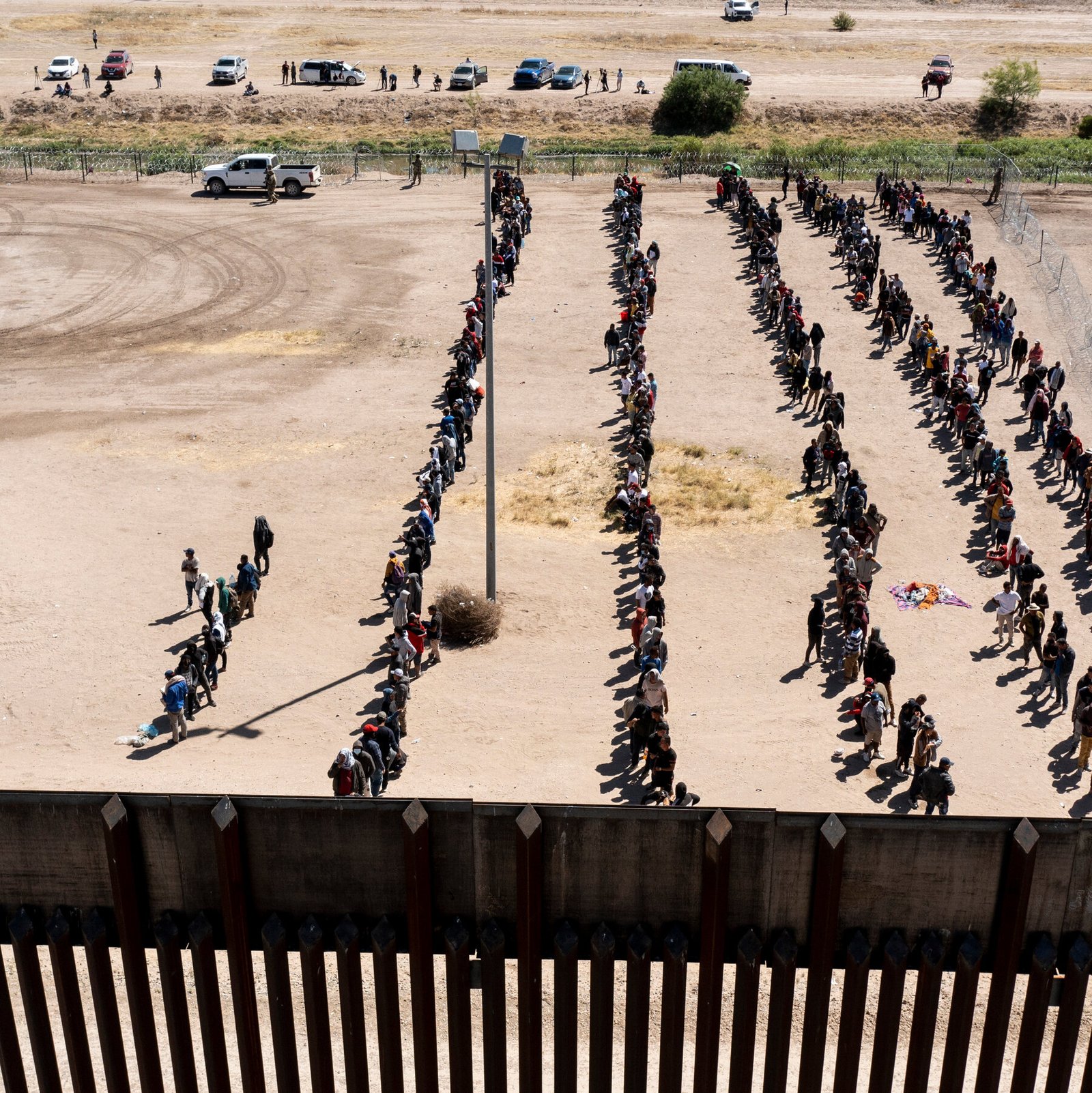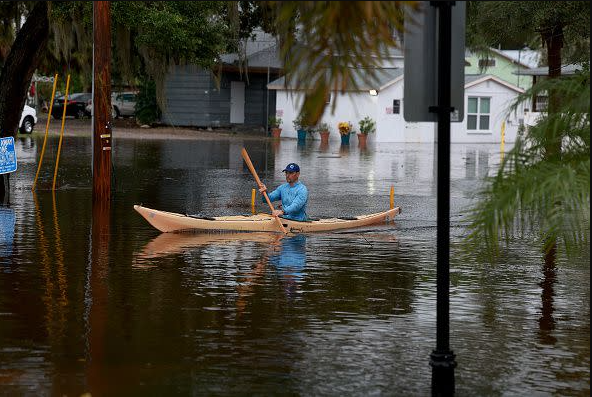As you learn more about world economies, you may be surprised to find out that a country’s GDP can have a major impact on its tourism industry. This is because the GDP influences so many aspects of a country’s economy. From affecting supply and demand to disposable income and investment into infrastructure, so much comes into play when you analyze just how a country’s GDP actually affects its tourism market. Let’s take a closer look.
What is GDP?
Table of Contents
Ever wonder exactly what is GDP? GDP, or gross domestic product, is a measure of all the goods and services produced in a country in a given year. It is used as a way to gauge the health of an economy and how well it’s performing relative to similar economies. A country with a high GDP is usually seen as being more prosperous and developed than one with a lower GDP.
How GDP affects tourism
Tourism is a crucial income-generating industry for many countries and its growth (or lack thereof) is often linked to a country’s GDP. As a general rule, the higher a country’s GDP, the more surplus funds there are available to government and locals, which can bolster tourism markets.
Disposable income
GDP per capita is a good indicator of how much disposable income people have. Travel is often considered a luxury that people will cut back on when money is tight, so domestic tourism tanks. When people are spending less, prices become inflated as demand plummets and less variety is offered. This can be off-putting to tourists.
Employment opportunities
GDP growth rates can give you an idea of how stable a country’s economy is. A booming economy usually means there are sufficient jobs available that are paying workers decent wages, which ensures locals are able to provide for themselves. Low unemployment rates lead to lower crime rates and general stability in a country, making it a safe and appealing destination.
Exchange rates
A country’s exchange rate can also either deter or attract tourists. A strong currency makes it more affordable for first-world tourists to visit and for locals to travel abroad more often. However, weak currencies can also attract foreigners because it makes everything from luxury accommodation to air travel much cheaper. In addition to this, many foreigners travel to countries like India for health tourism (eg many visit India for IVF), where expensive medical procedures are more economical.
Positive effect of a high GDP on tourism
Economically sound countries are often viewed as safe, stable destinations to visit and are favored by tourists. Of course, no tourist would want to get caught up in political unrest or a poorly managed natural disaster while on vacation.
A high GDP can also lead to increased investment in the tourism sector as businesses feel confident about the future of the market. This can result in new hotels and resorts being built, as well as improved infrastructure and better facilities for tourists.
Negative impact of a low GDP on tourism
A low GDP indicates that a country’s economy is struggling, which can have a knock-on effect in several areas. Specifically, it can lead to higher prices for goods and services, as well as reduced access to these goods and services (low demand means there may be limited stock), which can discourage tourists from visiting.
It could also mean unemployment rates are high and/or wages are not on par with the cost of living. This can lead to political instability and unrest such as looting, protesting or rioting, as well as an increase in crime. Tourists will not feel safe visiting destinations where these types of things occur. As an example, a country like the USA has an unemployment rate of 4.2%, whereas South Africa’s unemployment rate is over 33% and climbing – the comparative crime rates in these countries demonstrates our point.
A country with a low GDP often does not have surplus funds to invest into and maintain infrastructure such as roads, airports, hotels and local attractions, all of which support tourism. Tourists may be deterred from visiting a country with run-down or poorly managed facilities – for example, polluted beaches and damaged roads.
Examples of countries with successful tourism industries
Most first-world countries are good examples of countries with successful tourism industries. Those that come to mind include the USA, France, Italy, Spain, Australia and Canada. Their strong economies have enabled them to invest in this sector both on a government and private level. For example, the popular Louvre Museum, Eiffel Tower and Champs Elysees in Paris are always pristinely maintained, which is why tourists continue to flock there year after year.
These countries don’t only maintain existing infrastructure and attractions but invest in new ones (like the development of hotels and shopping complexes) as well as security measures to keep visitors safe. For examples, the USA have analyzed data to determine violent crime hotspots and have installed additional streetlights in these areas to deter criminals.
Final takeaway
While there are many factors that affect tourism demand, GDP is one of the most important drivers of growth in the industry. By understanding how GDP impacts tourism, countries can make better decisions about how to grow their economies and attract more visitors.













































